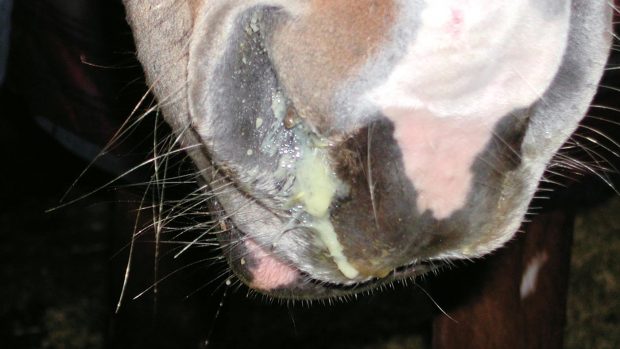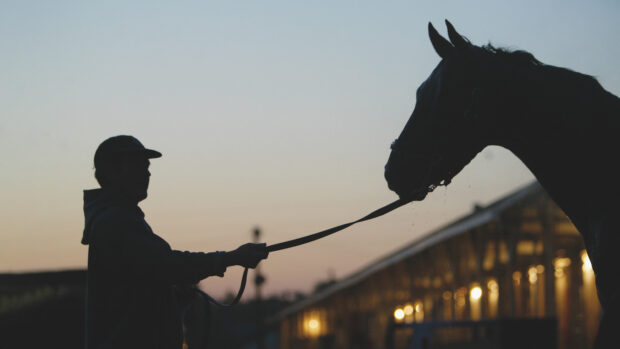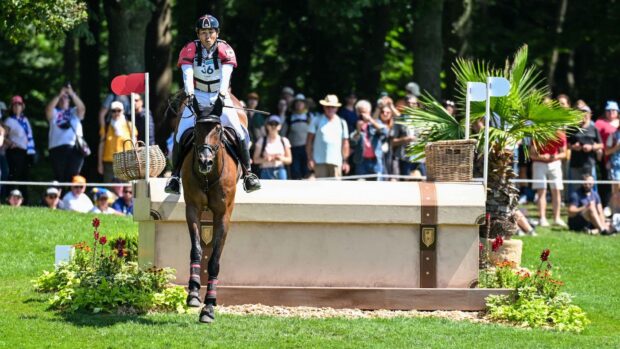A FAILED legal claim from a walker who said she was injured by a cow grazing on a footpath is positive news for the equestrian world, lawyers believe.
Equestrian specialist Clare Garnett, of legal firm BLM, told H&H the judge found in the farmer and landowner’s favour, but had this been otherwise, the case could have had “huge implications” for horse owners.
“This was an interesting case, and I was delighted the insurers chose to fight it.” she said.
Ms Garnett explained that the footpath in this case crossed a nature reserve, in which the cows grazing were British shorthorns, chosen for their placid nature.
“The claimant said the cow trampled her, threw her in the air and mauled her, but on cross-examination, it was found that no such thing happened,” Ms Garnett said. “The judge found her leg got tangled with the cow and it walked over her.”
Ms Garnett added that it was found the walker had been on her phone throughout her walk, and that she was criticised for not paying attention to her surroundings.
“You have to take responsibility for your own safety, and if you go into a field with livestock in it, it’s common sense to pay attention,” she said. “I’ve got horses I graze in fields with footpaths in and there’s always the worry that someone will do something stupid, or their dog will chase horses or sheep.”
The walker also said there were no signs warning that animals were grazing, Ms Garnett said, but the judge found the farmer and landowner had complied with health and safety rules by ensuring there were enough, appropriate signs.
Ms Garnett added that this is key for horse owners; although no one can completely protect themselves, there are steps that can be taken to mitigate against any claims.
Owners should ensure there are clear, appropriate warning signs, at each point a path enters a field, and take extra steps, such as ensuring horses have settled if they have just been moved on to that land, for example. And although horses are seen as safe, non-aggressive animals to graze on footpaths, should a horse who was known to have kicked or bitten someone in the past do so again, the owner could be liable.
“Manage the specific risk, and if you know there is one, you have a duty to protect people from it,” Ms Garnett said.
“But if this case had gone the other way, it could have set a dangerous precedent; there’s always the worry it could affect ponies on Exmoor and Dartmoor, and it could have created more claims, which is why my client was determined to fight it.”
British Horse Society director of membership Emma Day told H&H owners may be found liable for any damage their horses cause, even if the animal is not in their control at the time, and that public liability insurance protects policyholders against third-party claims.
A spokesman for SEIB Insurance Brokers added: “It is important that horse owners and landowners make every effort to ensure anyone on a right of way is protected from injury from an animal or other circumstance, and public rights of way should always be clearly marked. A landowner should always have public liability insurance to provide protection against a claim for personal injury from any person injured while on their land, from an animal or from other causes.”
You might also be interested in:

Legal case over horse being put down sparks warning *H&H Plus*

Legal case over pony shows there are no winners in court *H&H Plus*

Court case thrown out after livery falls off horse that yard owner advised her not to buy
A yard owner who faced a six-figure personal injury claim after accepting £30 from a novice rider to help her

5 reasons why a subscription to HorseandHound.co.uk makes the perfect last-minute gift
Horse & Hound magazine, out every Thursday, is packed with all the latest news and reports, as well as interviews, specials, nostalgia, vet and training advice. Find how you can enjoy the magazine delivered to your door every week, plus options to upgrade your subscription to access our online service that brings you breaking news and reports as well as other benefits.





